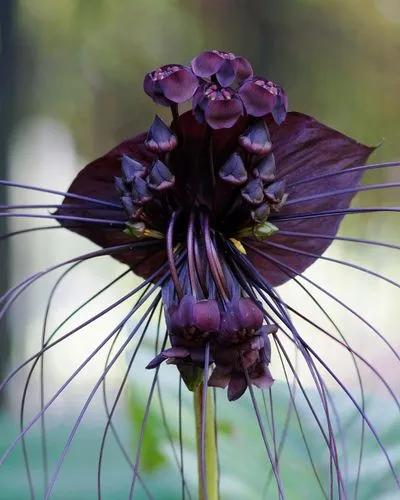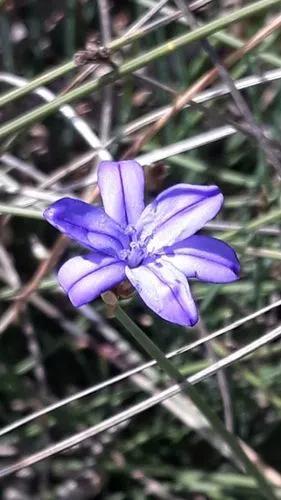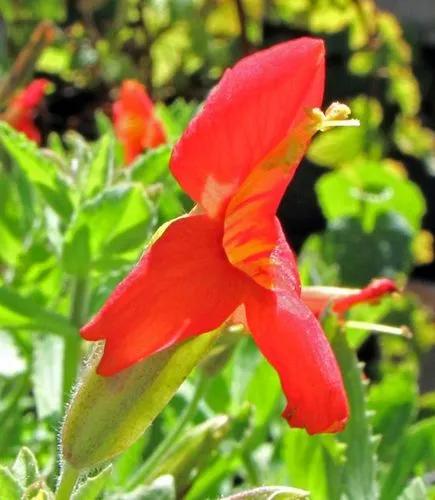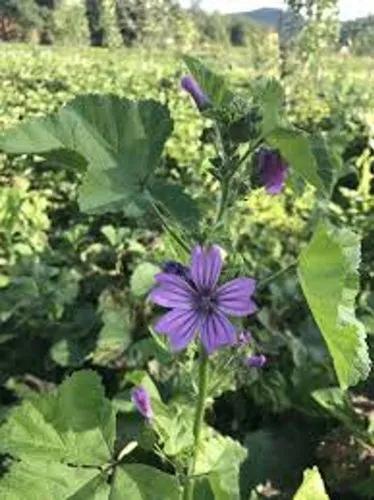If you're looking for low maintenance, drought-tolerant, long-blooming and cheerful plants for a flower border or a filler, coreopsis are a perfect choice. With more than 80 species of coreopsis, plus many selections and hybrids, there's a perfect plant for your sunny garden. About half of the varieties are Native North American prairie and woodland plants, while the others are native to Central and South America. Their ruggedness and profuse blooms have made them popular with plant breeders. Their common name, "tickseed," is supposedly for the seeds' resemblance to ticks. Even so, birds (particularly Goldfinches) love to snack on the seeds during fall and winter. Bees and butterflies are drawn to their colorful blooms. Their daisy-like flowers range in colors from bright yellow and orange to pink and red. Coreopsis form upright clumps and have a moderate growth rate. Plant them any time from early spring to fall, once danger of frost has passed. Annual varieties will start blooming in early summer and repeat bloom periodically through fall, while perennial varieties will begin blooming the second year after planting..
Garden Tickseed Care
Plains Coreopsis



How to Care for the Plant

Water

Keep well-watered after planting (water deeply every few days). Once established, they may only need water if wilting, or prolonged droughts—most types will tolerate some drought.

Pruning

Coreopsis must be deadheaded to promote reblooming, but it's well worth the extra effort. Cut back to the base of the flower stem so as to remove unsightly flowerless stems.

Fertilizer

Coreopsis do not require fertilizer to bloom and thrive though adding compost in the spring will keep the plants healthy.

Sunlight

Plant in full sun but in areas with intense heat, coreopsis may do better with some afternoon shade.

Soil

Coreopsis can be grown in moist, well-draining soil. It also does well in dry, rocky and sandy soils.

Temperature

Coreopsis plants prefer a warm climate.

Popularity

61 people already have this plant 13 people have added this plant to their wishlists
Discover more plants with the list below
Popular articles






